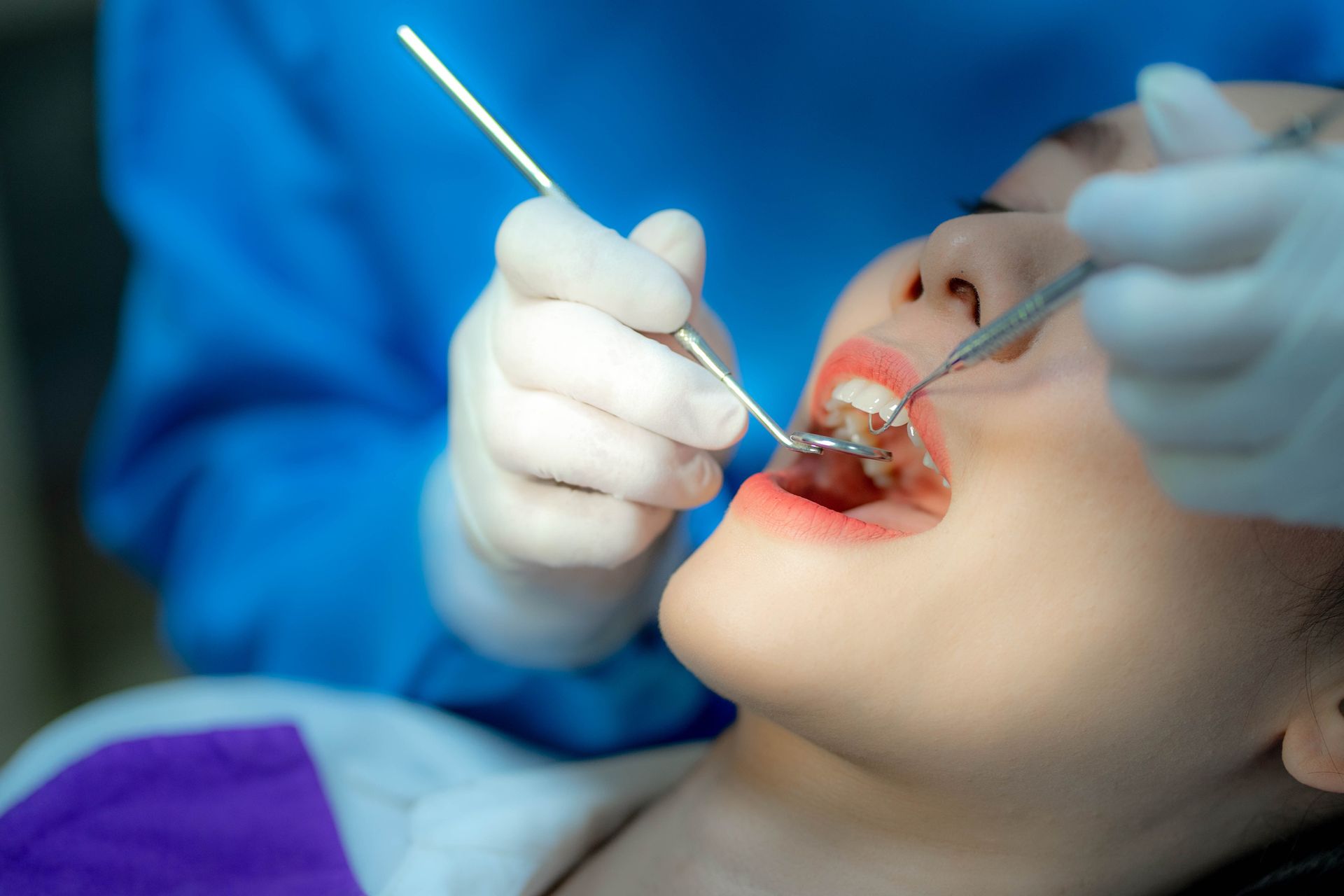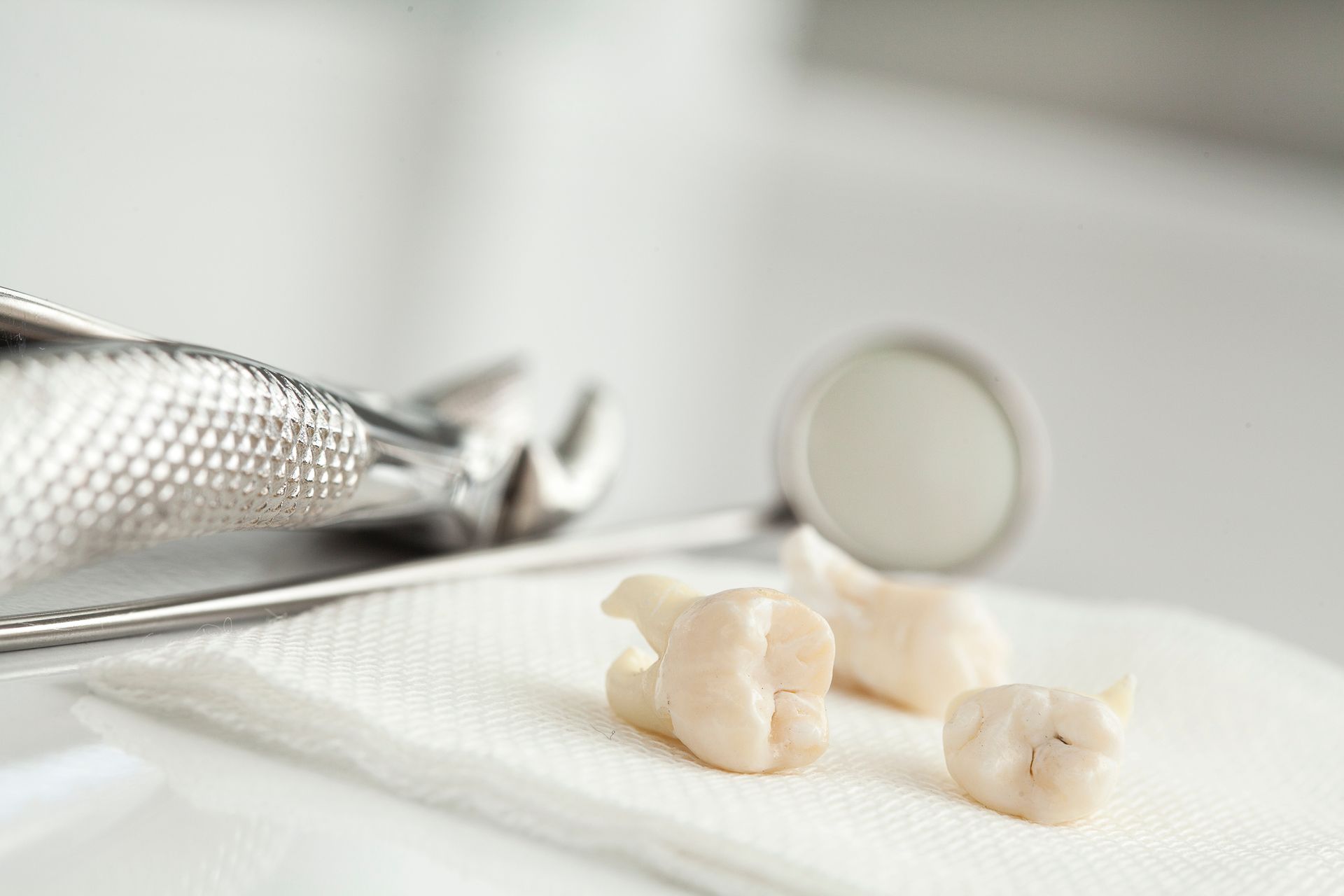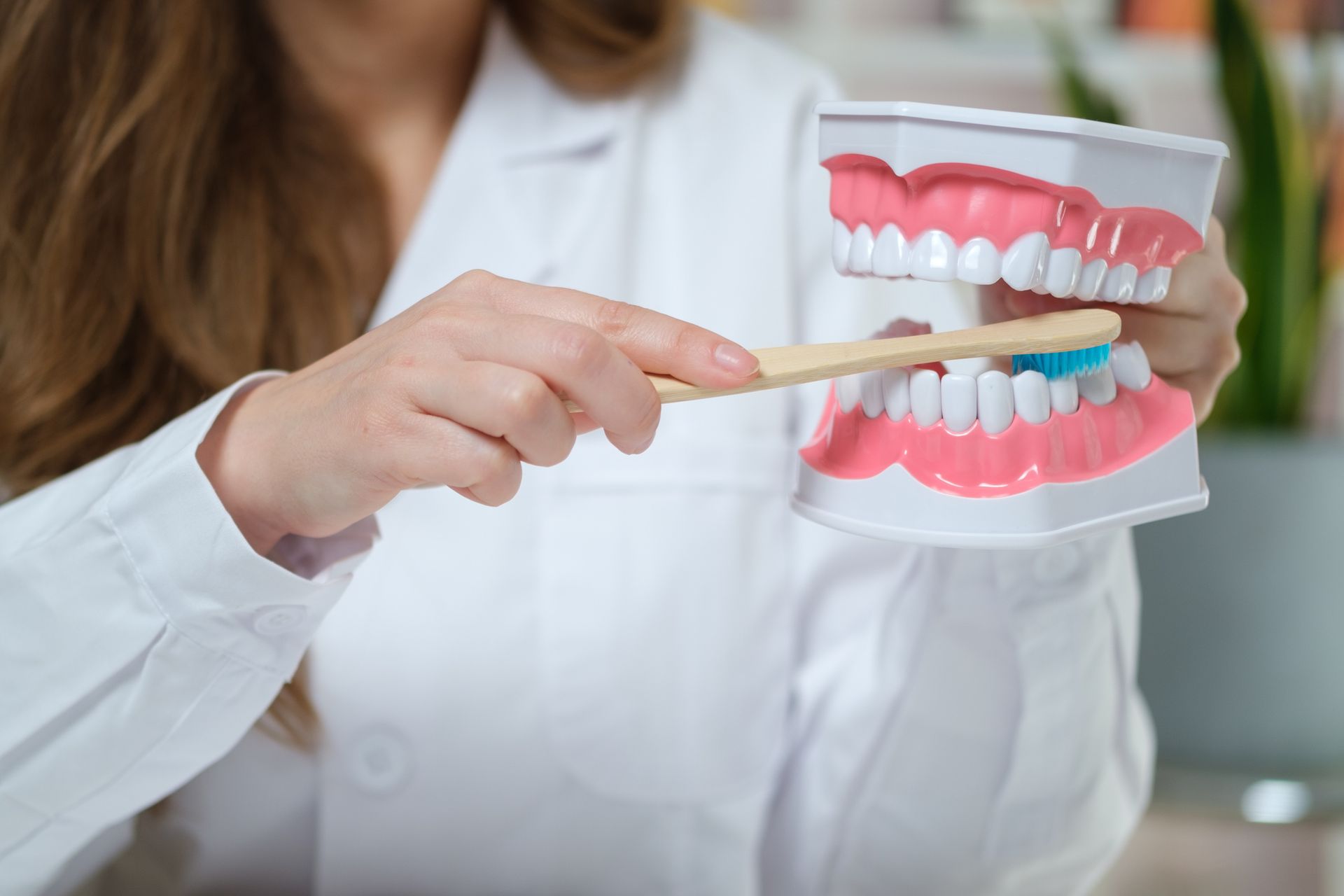What to Know About Dental Bone Grafts
Admin • October 12, 2019
What to Know About Dental Bone Grafts

A bone graft is a dental procedure an oral surgeon performs when your jawbone is weak or too small. This procedure is often necessary prior to dental implants because only a strong, full jawbone can support the implant properly. If your jawbone has decreased in size from poor oral care, you may need to consider a bone graft to finally get the beautiful smile you deserve. To learn more about dental bone grafts, keep reading.
Who Needs a Bone Graft?
Most patients who need a bone graft have experienced jawbone reabsorption, causing the jawbone to atrophy. This is often from two leading factors: tooth loss and periodontitis. Even if your gums are healthy, having missing teeth may lead to jawbone shrinkage. With no tooth or periodontal ligaments to stimulate the jawbone, the bone will shrink as it is no longer being used. The more teeth you are missing, the more the jaw shrinks.
If you have advanced gum disease, it starts to destroy the jawbone, causing recession and bone loss. As an added insult, this also makes it harder for the jawbone to support your teeth, increasing the risk of tooth loss.
If your jawbone has shrunk, it changes the shape of your face, but it also limits your tooth replacement options. Dentures will work with a weak jawbone, but dental bridges and dental implants require a strong jawbone. Therefore, if you want to replace missing teeth with an implant or dental bridge, you will need a bone graft first.
What Is Used for the Graft?
Different materials may help rebuild the jawbone. For example, an autograft refers to a bone craft that uses your own bone tissue. Bone tissue can be removed from another part of your jaw and used to graft another part of the jawbone. A more common option is an allograft, which is a bone graft using bone tissue from a human donor.
Bone tissue from certain animals (usually a cow) can also be used. This type of bone graft is known as a xenograft. In some cases, bone tissue isn't even used. Instead, the dentist uses synthetic materials that contain calcium, phosphorus, and hydroxyapatite (alloplast graft).
Teeth are secured by a healthy jawbone and healthy gum tissue. Gum recession may also be common if you simply neglect to keep your teeth clean or brush too hard. If inadequate jawbone is from advanced gum disease, the dentist may also suggest a gum graft around the remaining teeth.
What Is the Bone Graft Process?
The bone graft process depends on how many teeth are missing and how long they've been missing. For example, if you go in to get a tooth pulled, knowing you want to replace it with an implant, tell your dentist. They should add bone tissue or synthetic bone tissue during the extraction procedure.
If the tooth/teeth have been missing a while, incision will be necessary to access the jawbone. Pins, plates, and or screws then hold the bone graft in place.
As the area heals, gum tissue may try to grow where the jawbone is supposed to grow. To prevent this, a special mesh goes between the gums and bone so the bone can fully grow without gum tissue getting in the way. Once the bone graft has completely healed, you can start talking to your dentist about dental implants or a dental bridge.
Missing teeth and periodontal disease are common, and they can ruin your smile and jawbone. Luckily, bone grafts can help strengthen the bone if necessary. If you would like to know more about bone grafts and/or dental implants, contact us at the San Diego Center for Oral & Maxillofacial Surgery today.










